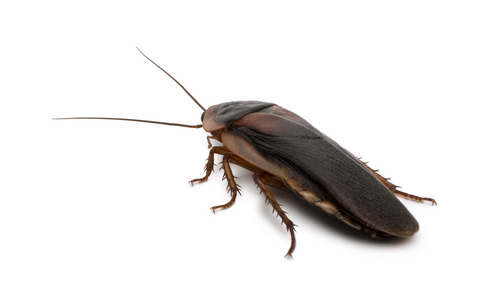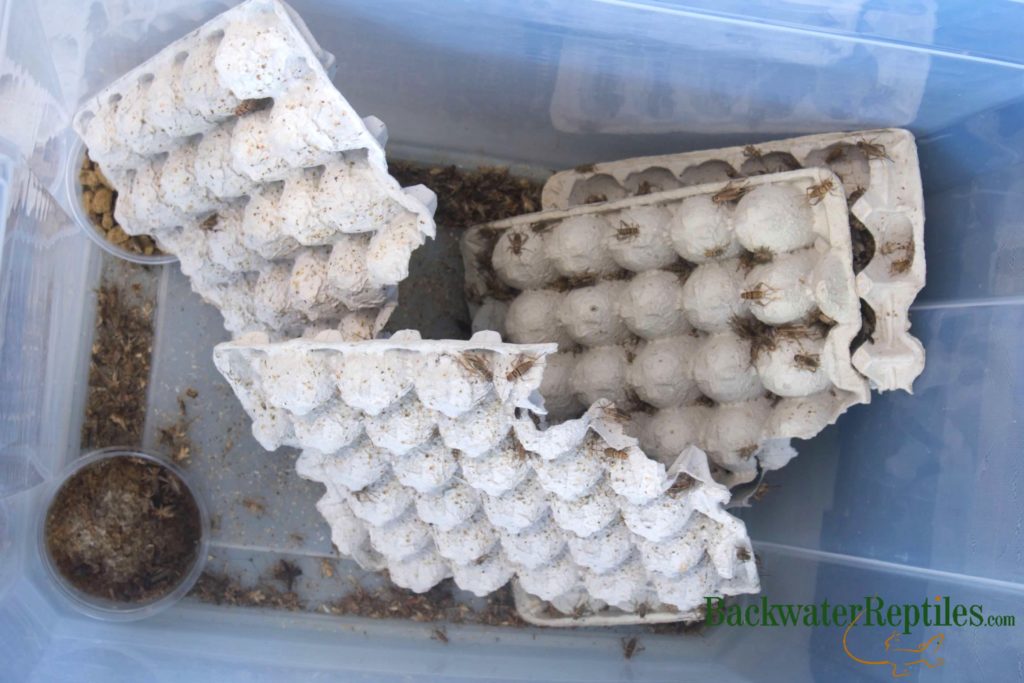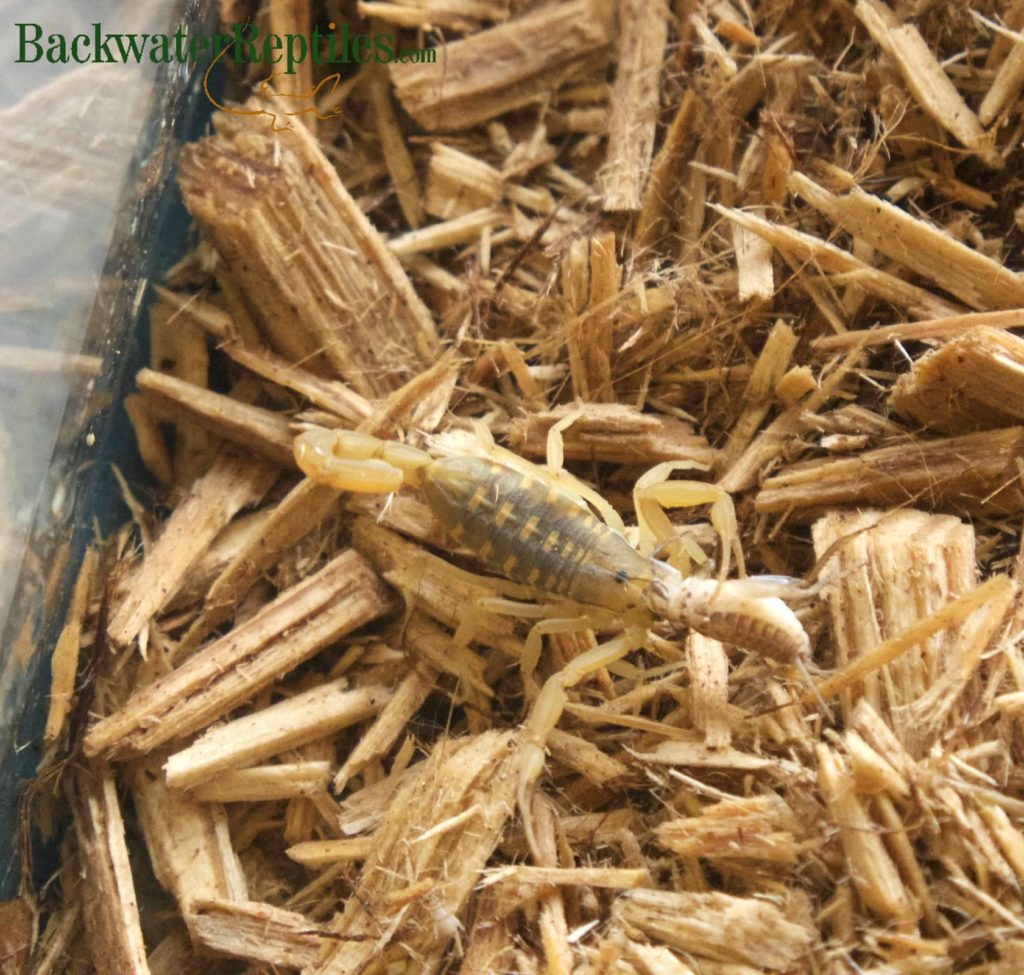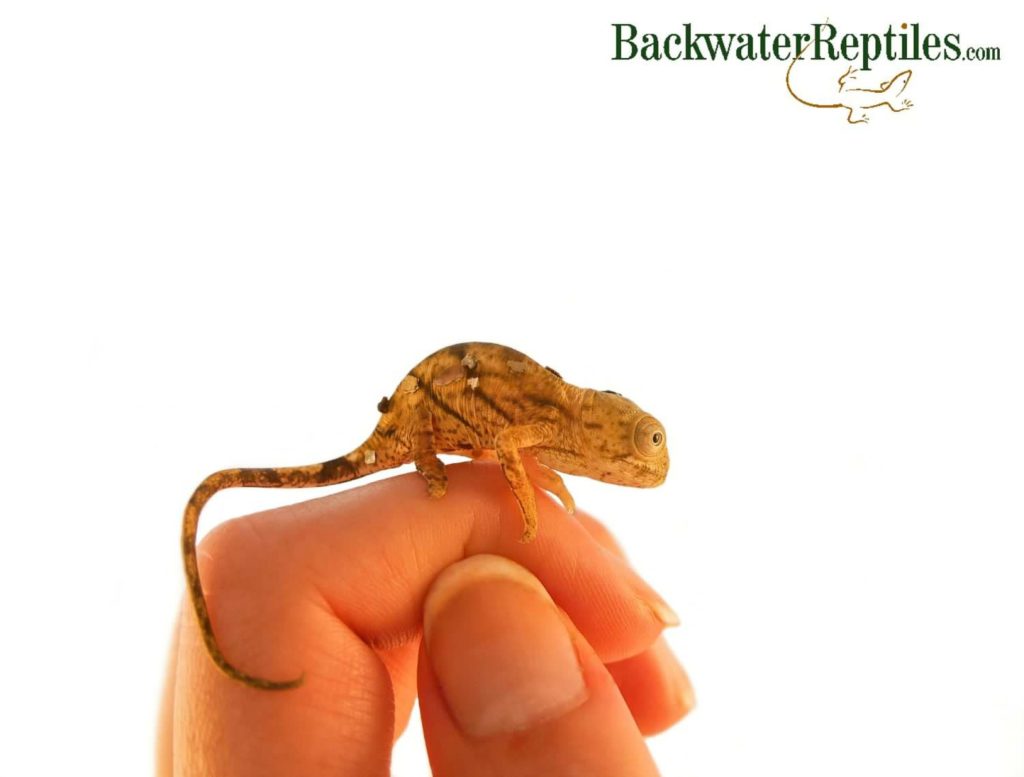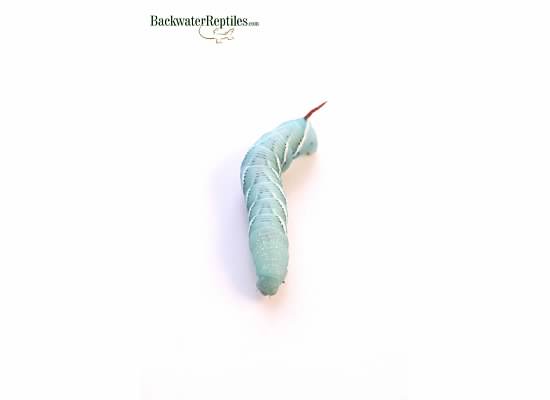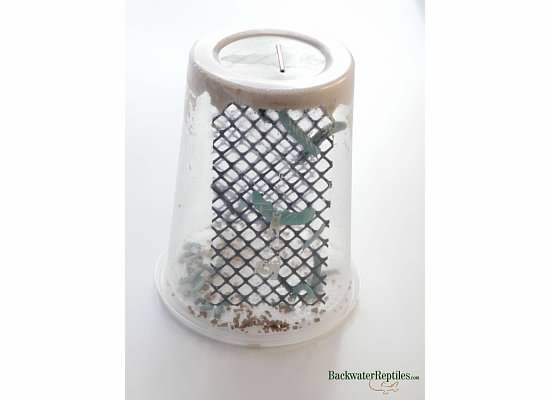How do I order feeder insects for my pet reptile, amphibian or invertebrate?
While pet stores are great places to purchase feeder insects when you’re on a time crunch, it’s very easy to order live insects to feed your herp. Backwater Reptiles sells a variety of feeder insects in larger quantities and at better prices than you’ll find at your local pet store. The only potential catch is waiting a day or two for them to be delivered.
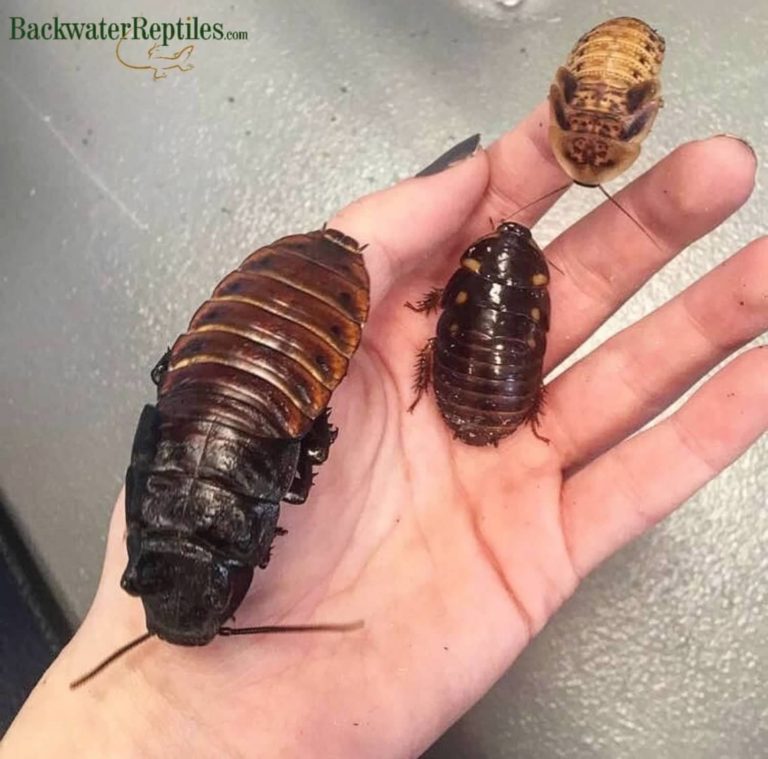
What kind of feeder insects can be ordered online?
Just about any type of insect you would want to feed to your pet lizard, frog, toad, spider, scorpion, et cetera can be purchased online. You can even buy pet insects such as walking sticks and praying mantids, although that’s a completely separate topic.
The most common feeder insects ordered are crickets followed by meal worms/super worms and dubia roaches.
Backwater Reptiles has a large selection of feeder insects available for purchase including the most popular ones mentioned above. However, we also sell horn worms which are juicy and help hydrate reptiles to wax worms, which are fatty and help make sure your pet receives enough calories.
If you wish to see all the available feeder insects that you can order from Backwater Reptiles, feel free to visit our feeder insects for sale page.
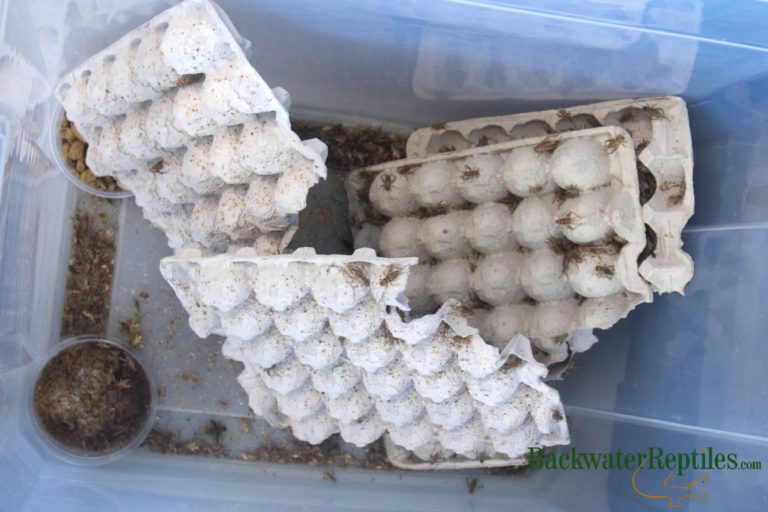
How do I place an order for feeder insects?
Thankfully, it’s very simple to order feeder insects from Backwater Reptiles. It’s as easy as adding them to your cart and checking out.
In fact, it’s very likely that the hardest step of ordering feeder insects is choosing the quantity you want as well as the actual type of insect. We really do have that many to choose from!
If you’re ever concerned about what size of insect to order, there is a general rule of thumb that most herp owners adhere to: the insect should not be bigger than the space between the animal’s eyes.
Not to worry. If you ever have any concerns about what type of feeder insect is right for your pet’s particular dietary needs, our helpful customer service team would be happy to assist you with ordering the insect that is best for your pet. All you have to do is send a quick email to sales@backwaterreptiles.com and someone will get back to you as soon as they are able.
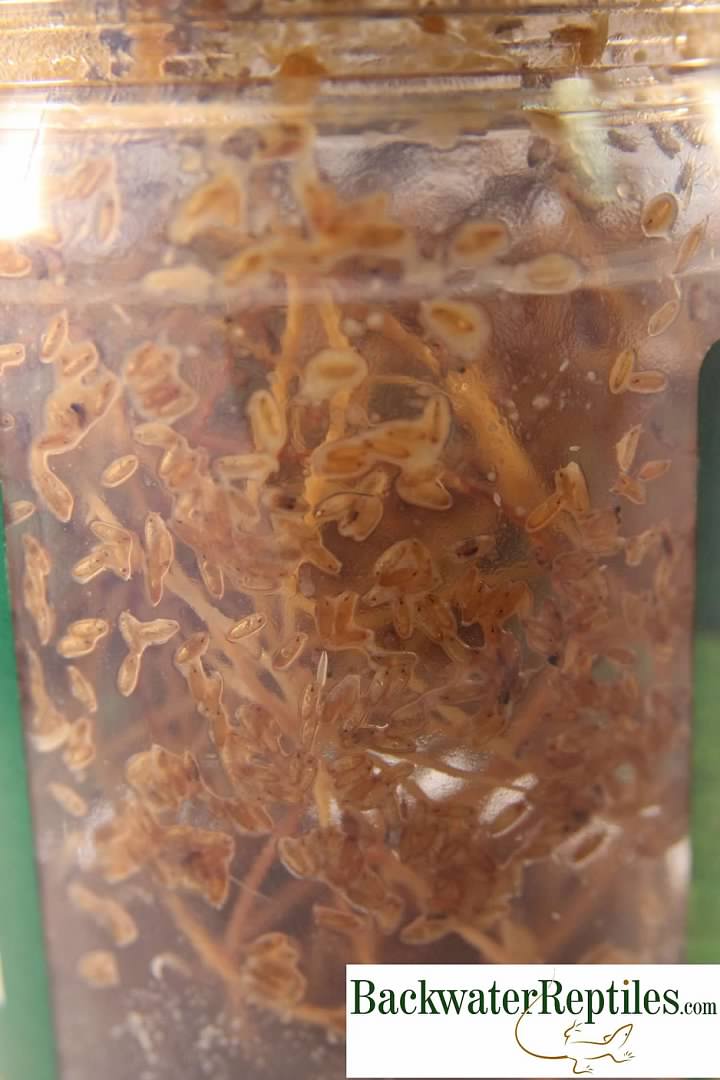
Why should I order my feeder insects online?
Of course many people simply run out to their closest pet store and purchase feeder insects in person. We think that this is a fantastic method when you need something to feed your pet in a hurry. But overall, we think ordering them online is a much better option.
First of all, when you purchase online, you get a much better price for your feeder insects. Because we sell them in larger quantities, or in bulk, the pricing is more competitive than your average brick and mortar pet store.
The other reason we encourage online purchasing of feeder insects is convenience. Clicking a button on a screen means that you don’t have to get dressed, buckle the kids in the car and make a trip to the pet store. Your insects will arrive to your doorstep in no time when you order online. It’s such a streamlined process and we think it’s highly efficient in a world where everyone is constantly busy.
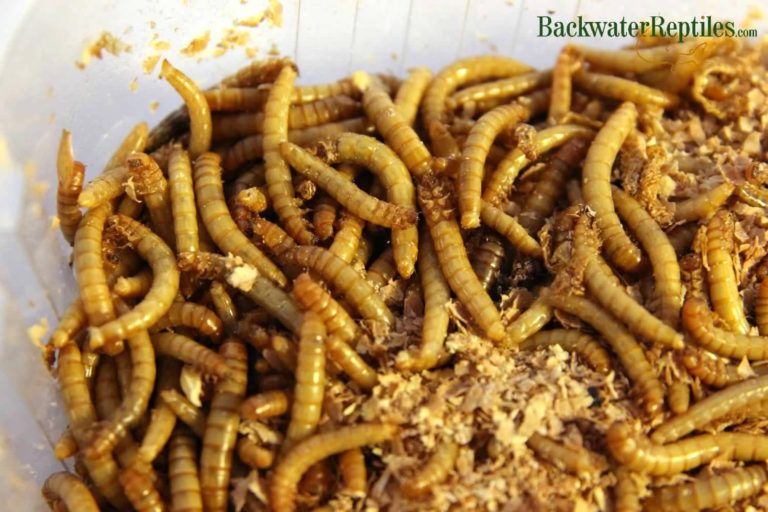
When should I not order feeder insects?
Ordering feeder insects online is not the best option for everyone all the time. Sometimes there are reasons why someone might choose to purchase locally in person rather than through a website.
The main reason we would advise purchasing feeder insects at your local store rather than online is when you simply cannot wait a day or two to feed your pet. If you’ve suddenly run out of crickets and your Bearded Dragon is hungry, we definitely don’t advise ordering online. We recommend that you head to your nearest store and pick up a small supply until your online order arrives to your doorstep.
Another time when it might be wise to purchase a smaller supply from a pet store would be if you are trying a new type of food for your pet. It’s highly unlikely, but there could be the chance you have a picky eater. It could be a smart move to grab a few super worms at your local store rather than ordering in bulk if you are unsure that your pet will eat them.
Finally, it might be easiest and safest to grab feeder insects at your local pet store if you are experiencing extreme cold or hot weather where you live. Sometimes we have to delay shipment of feeder insect orders or have them held at a post office or other shipping facility when the weather is too dangerous for the insects. Dead insects are no good to pets who want to catch and eat their prey.
What happens once I place an order for feeder insects?
After your order has been processed, our insect team packages your bugs up safe and sound with supplies to last them through their journey. This typically means a water source, although some feeder insects do actually come with a built in food source, such as fruit flies and horn worms.
Please be aware that if you order insects at the same time that you order your live animal/pet from us, the feeder insects will be delivered separately from the animal. The time frame for arrival will vary based on the insect you order and the carrier who is delivering it.
BONUS: All feeder insects ship for free!
How should I care for my feeder insects prior to giving them to my pet?
Depending on the type of insect you order, you may or may not have just a tiny bit of maintenance to perform in order to keep the insects that your pet isn’t ready to eat yet healthy.
For instance, our most popular feeder insect ordered is crickets. We often get asked the question of how to care for the remainder of the crickets that the pet will eat throughout the week. With crickets, we recommend housing the extras in a bin or bucket with slick, tall sides. You can put some type of disposable hiding area (i.e. some egg crate pieces or toilet paper rolls) inside the enclosure. You can provide a combo water/food source if you put a piece of potato or carrot inside the tub for the crickets to munch on.
Because crickets are our most popular feeder insect ordered, we’re including a link to an article we wrote on how to care for them. Feel free to check it out if you plan to order a large quantity of crickets.
Some of the insects we sell actually come with everything you need to care for them. Horn worms are packaged in a container with food supplies and so are fruit flies and Dubia roaches.
If you want to know more about Dubia Roaches as feeder insects, Mealworms as feeder insects, hornworms as feeder insects and how to dust feeder insects with vitamin supplements, we’ve written articles on all of those topics!
If you have specific questions about caring for an excess of feeder insects, our customer service team is happy to assist. Please email them at sales@backwaterreptiles.com with any questions.
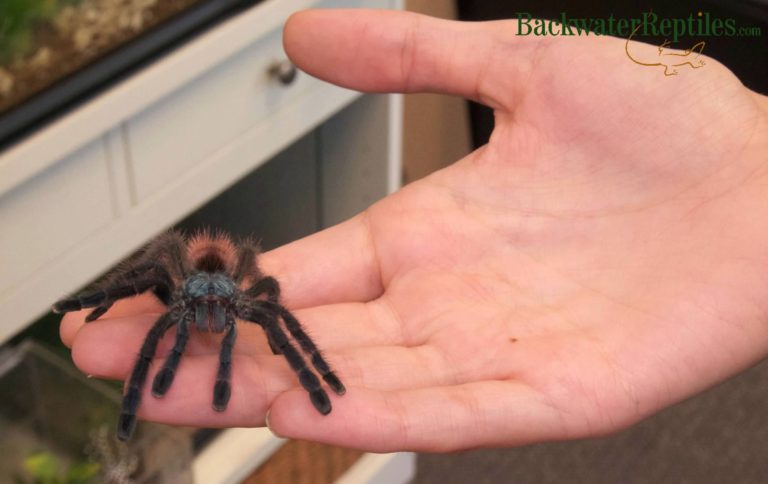
Conclusion
It is safe and cost-effective to order feeder insects for your pet reptile, amphibian or invertebrate online. We highly recommend it!
Backwater Reptiles even offers live arrival guarantees on our feeder insects, just as we do with the pets we sell. If you ever encounter any issues, our customer service team is happy to assist.
If you have any specific questions about caring for your feeder insects, feel free to ask in the comments section!

